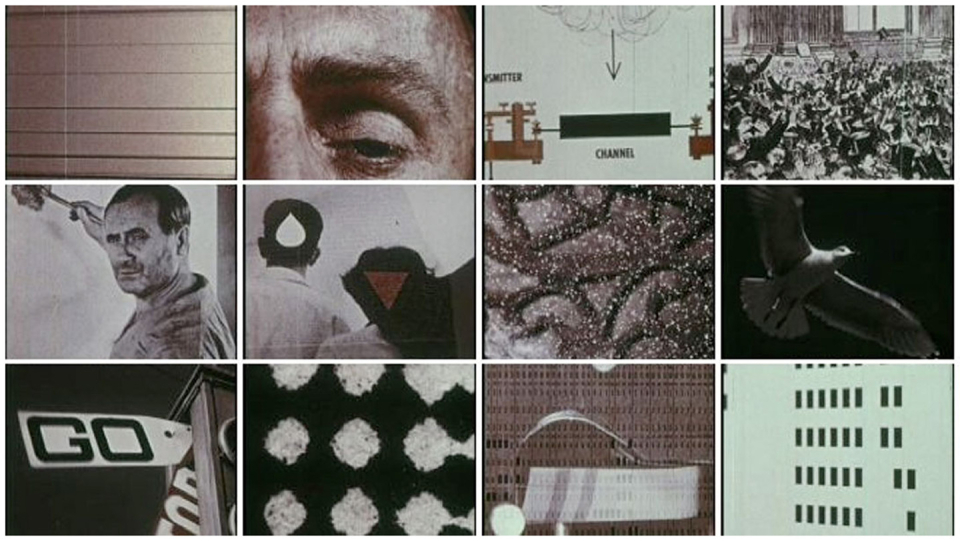[This syllebus] frames various forms of architectural theory within a global context.1
It offers, in roughly chronological fashion, a certain amount of “canonical” material—cases and texts that have traditionally served as a discursive foundation for architecture and which are most important in this day and age to critically deconstruct this historical foundation. The syllabus’s motivating dynamic is to present familiar “canonical” material with materials that can actively “aerate the canon.”
The syllabus’s orientation towards media forms aims to create a productive ambiguity. The treatise, for example, appears as a medium for theory that is in some ways historically situated, but which in other ways has endured over time. An appreciation of the historicity of media forms allows for an understanding of, for instance, how a treatise-based theory is different from an image-based theory.
The second way this syllabus opens up or “aerates” the theoretical canon is by taking a global view.
....
- 1. Theory's Curriculum, a project by e-flux Architecture and Joseph Bedford, is produced with the support of the Global Architectural History Teaching Collaborative; Virginia Tech Center for Excellence in Teaching and Learning, College of Architecture and Urban Studies, and School of Architecture + Design; School of Architecture, Syracuse University; John H. Daniels Faculty of Architecture, Landscape, and Design, University of Toronto; Department of Architecture, Wentworth Institute of Technology; and Department of Architecture, Iowa State University College of Design.
Antonio Furgiuele is an Associate Professor at Wentworth Institute of Technology whose research focuses on the histories and theories of information and communication technology. His recent project, “Architectures of the Cloud,” investigates cloud computing systems and the social and disciplinary changes they propel in the Information Age.
Matthew Allen is a PhD candidate in the History and Theory of Architecture at Harvard University and a Lecturer at the University of Toronto. His dissertation describes how concepts and techniques from abstract art and concrete poetry made their way into architecture through computer programming in the 1960s and how the diffused in the following decades.
